24 October 1929: The Wall Street Crash
On this day in 1929, otherwise known as 'Black Thursday', the Dow Jones Industrial Average fell sharply, and confidence in the banks collapsed.


In the 1920s, the US economy enjoyed a long period of rapid growth and high employment. This was partly down to technological innovation and migration from rural to urban areas. But it was also driven by the wide availability of credit.
By the late 1920s, stock prices were soaring, leading more and more people to pile into the market. Many had bought shares on margin' using only a fraction of the price as a down payment.
While the Federal Reserve warned that speculation was getting out of hand, it still injected money into the market to halt a drop in share prices during the spring, creating moral hazard.
MoneyWeek
Subscribe to MoneyWeek today and get your first six magazine issues absolutely FREE

Sign up to Money Morning
Don't miss the latest investment and personal finances news, market analysis, plus money-saving tips with our free twice-daily newsletter
Don't miss the latest investment and personal finances news, market analysis, plus money-saving tips with our free twice-daily newsletter
Storm clouds began to gather in the wider economy. Even as economic indicators started to point to recession, protectionist forces began pushing a plan to raise tariffs greatly. Investors started to panic about the possibility of a trade war.
Eventually, on 24 October 1929 Black Thursday' confidence snapped, leading toThe Wall Street Crash. The Dow Jones Industrial Average fell 11%. Leading bankers tried to calm things by pooling their resources to buy up shares. But prices had fallen so hard that those who bought shares on credit were forced to sell, flooding the market and driving prices even lower.
While the initial rout ended in November, the knock-on impact was huge people lost faith in the financial system and began to pull their money from banks.
The passage of the protectionist Smoot-Hawley Act in 1930 and the Fed's failure to stop the money supply from collapsing only made things worse. By the time the market finally hit rock bottom in the summer of 1932, it had fallen by nearly 90% from the high.
Get the latest financial news, insights and expert analysis from our award-winning MoneyWeek team, to help you understand what really matters when it comes to your finances.

-
 The shape of yields to come
The shape of yields to comeCentral banks are likely to buy up short-term bonds to keep debt costs down for governments
-
 The sad decline of investment clubs – and what comes next
The sad decline of investment clubs – and what comes nextOpinion Financial regulation and rising costs are killing off investment clubs that once used to be an enjoyable hobby, says David Prosser
-
 'Governments are launching an assault on the independence of central banks'
'Governments are launching an assault on the independence of central banks'Opinion Say goodbye to the era of central bank orthodoxy and hello to the new era of central bank dependency, says Jeremy McKeown
-
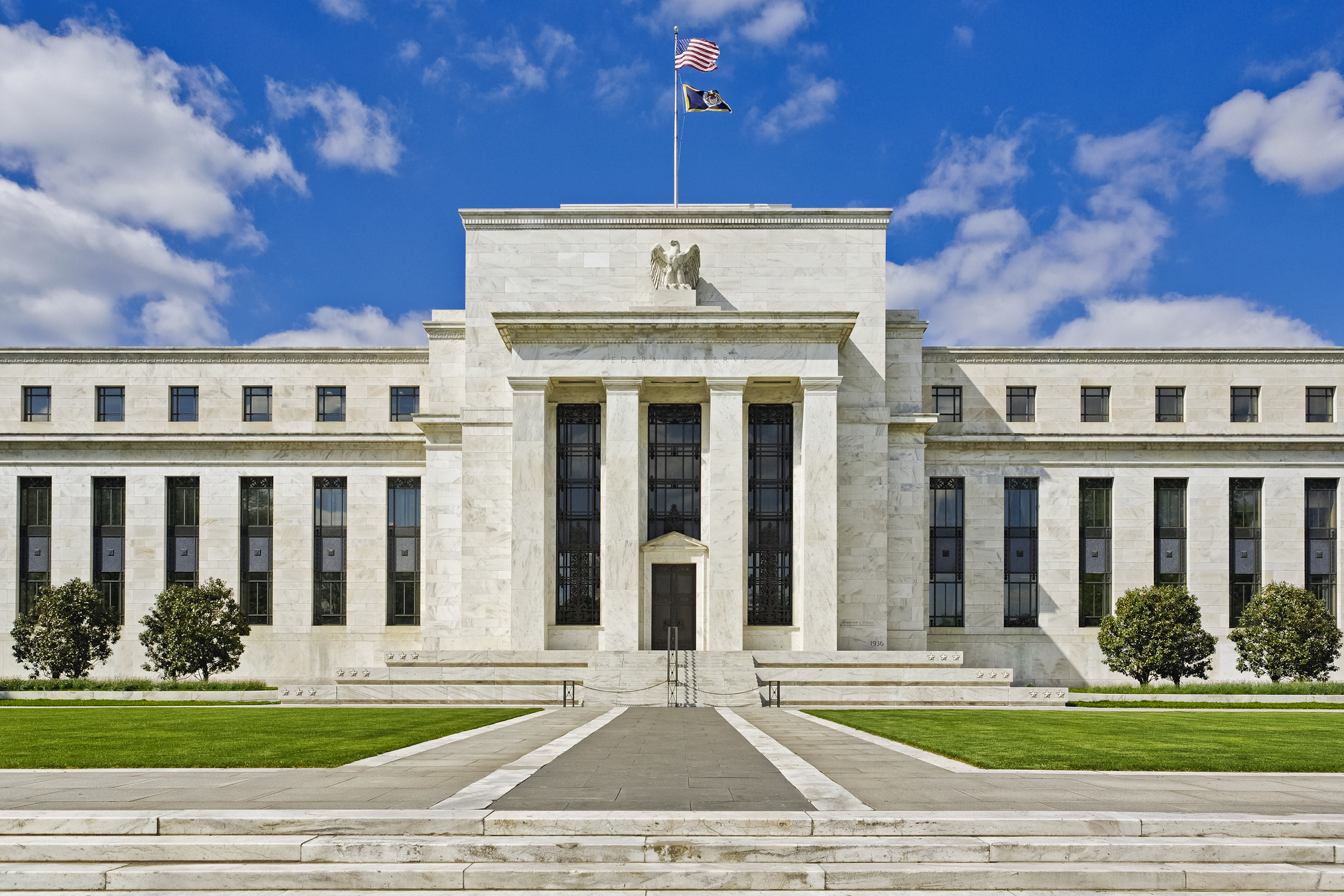 Do we need central banks, or is it time to privatise money?
Do we need central banks, or is it time to privatise money?Analysis Free banking is one alternative to central banks, but would switching to a radical new system be worth the risk?
-
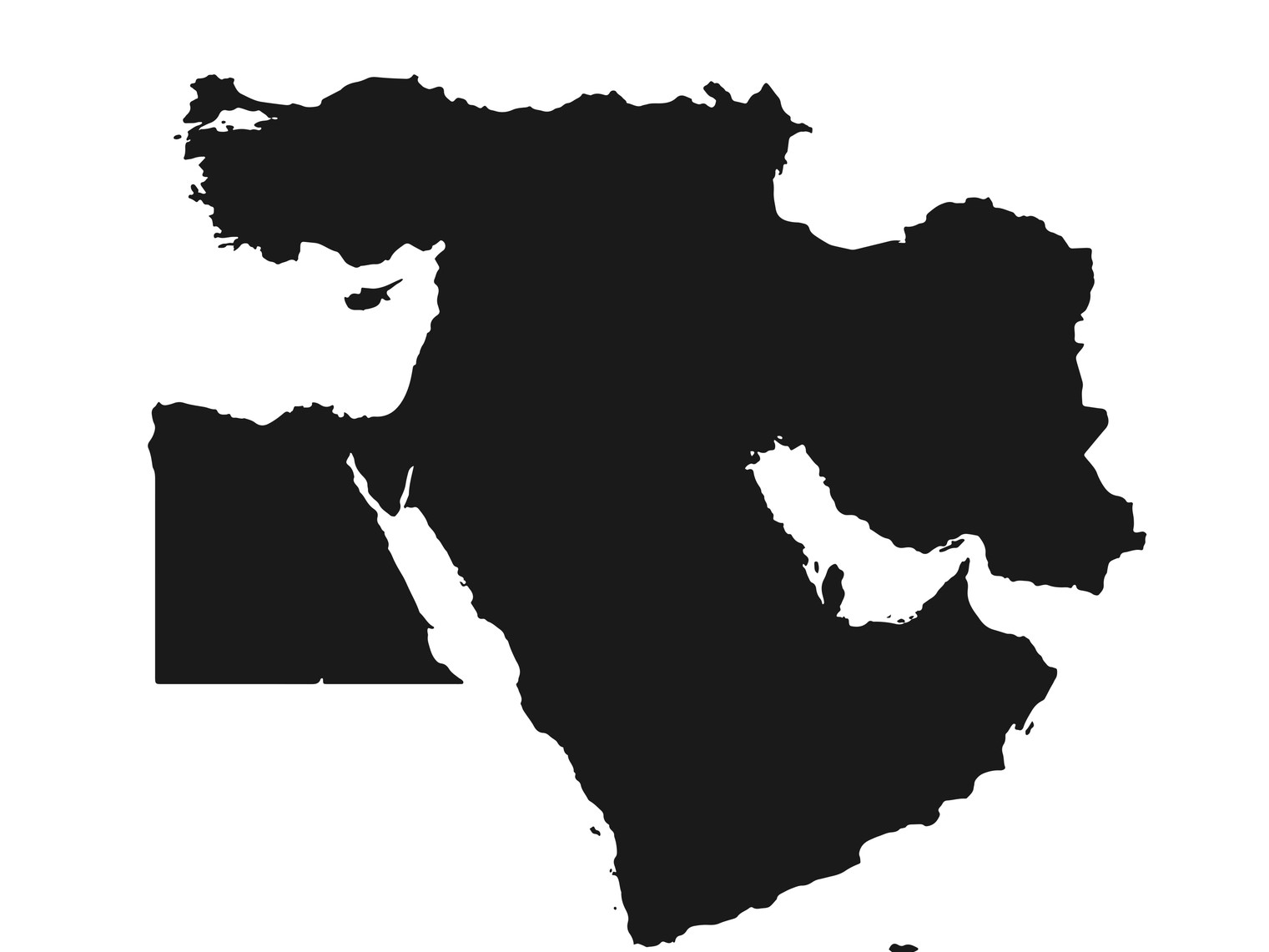 Will turmoil in the Middle East trigger inflation?
Will turmoil in the Middle East trigger inflation?The risk of an escalating Middle East crisis continues to rise. Markets appear to be dismissing the prospect. Here's how investors can protect themselves.
-
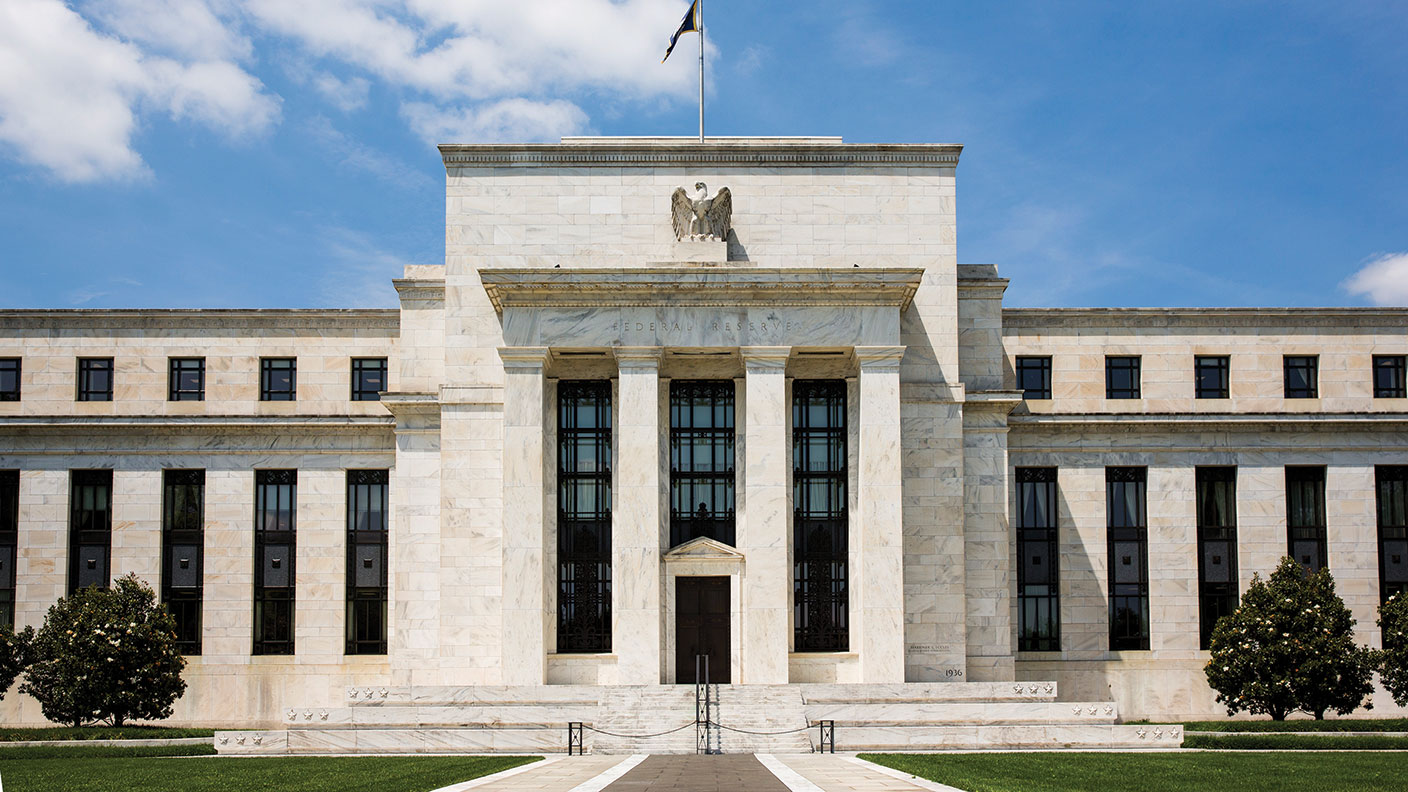 Federal Reserve cuts US interest rates for the first time in more than four years
Federal Reserve cuts US interest rates for the first time in more than four yearsPolicymakers at the US central bank also suggested rates would be cut further before the year is out
-
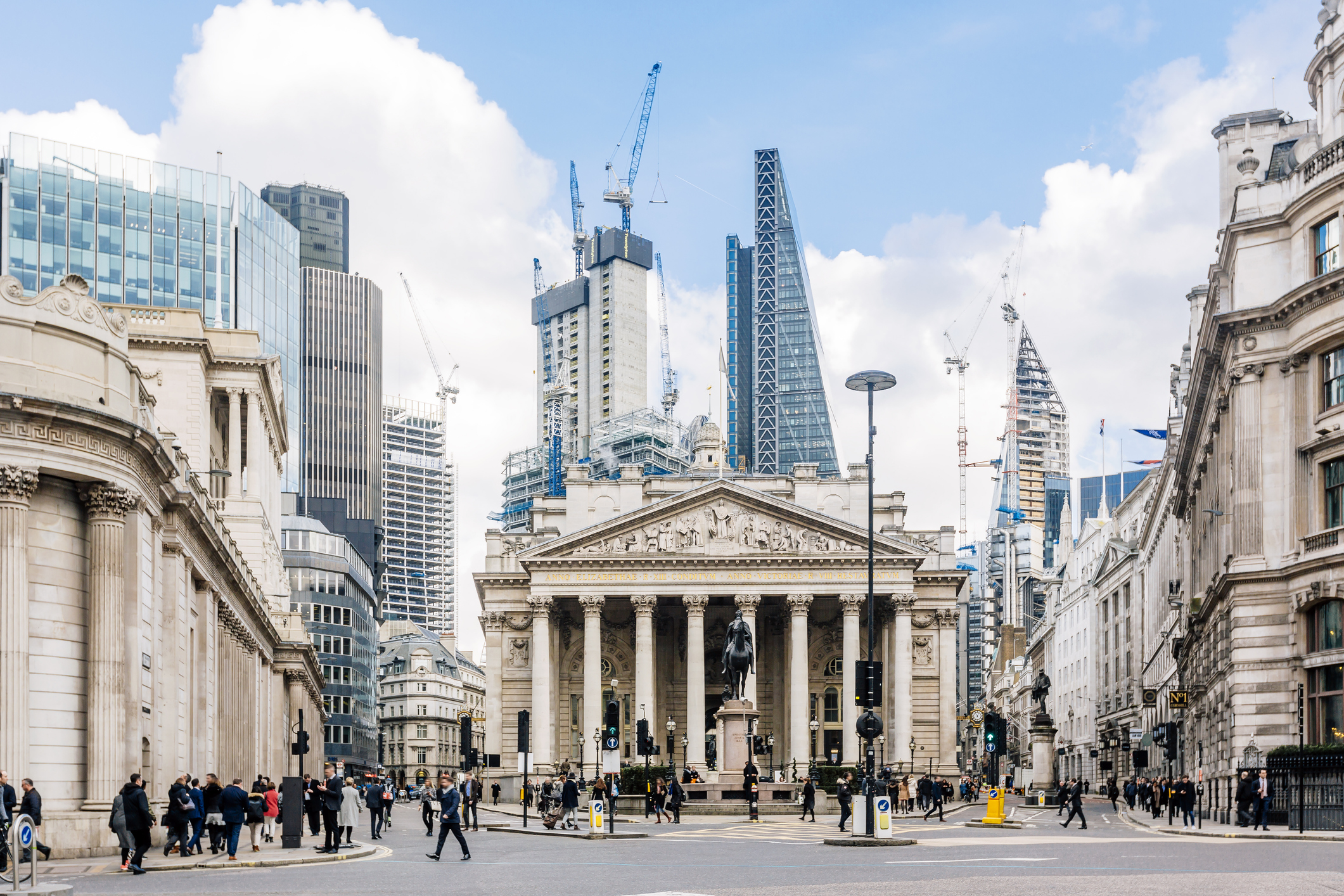 The Bank of England can’t afford to hike interest rates again
The Bank of England can’t afford to hike interest rates againWith inflation falling, the cost of borrowing rising and the economy heading into an election year, the Bank of England can’t afford to increase interest rates again.
-
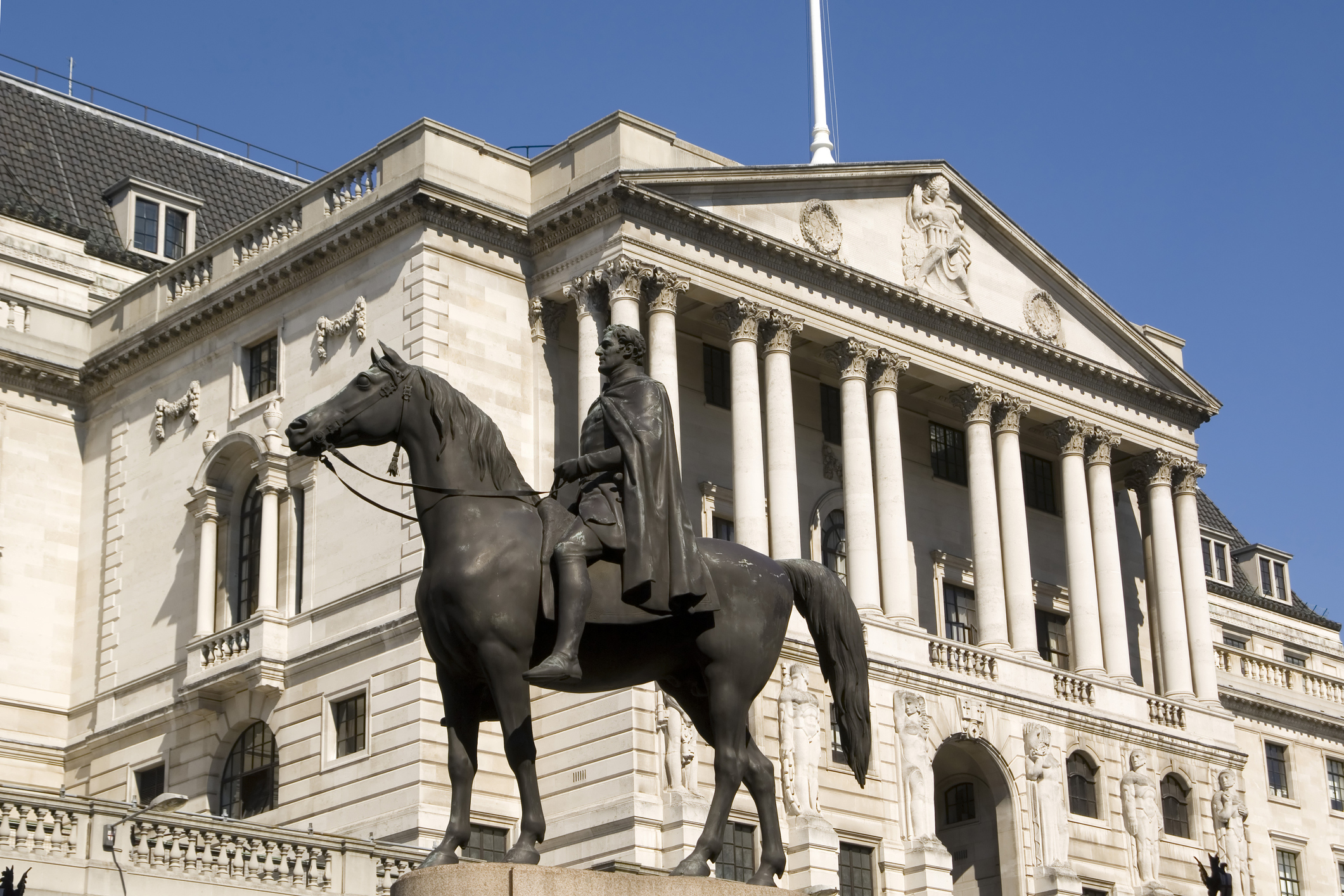 Interest rates held at 5.25% again
Interest rates held at 5.25% againThe Bank of England has kept rates at 5.25% again, in a widely anticipated move. We look at what it means for your money - and what the Bank’s next move could be
-
 US inflation rises to 3.7% as energy prices surge - will the Fed hike rates?
US inflation rises to 3.7% as energy prices surge - will the Fed hike rates?US consumer price index rose in August but markets do not expect a rate hike this month
-
 The debt ceiling illustrates America’s empire of debt
The debt ceiling illustrates America’s empire of debtOpinion The US has never quite got the hang of the conquering business as the debt ceiling debate shows.